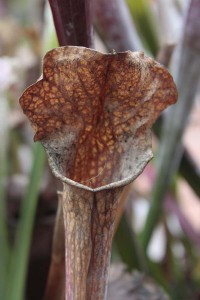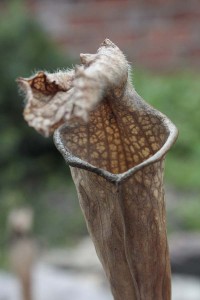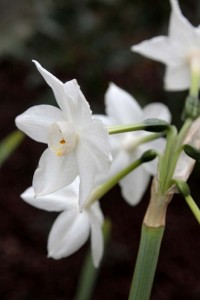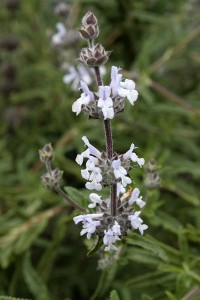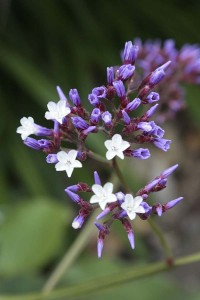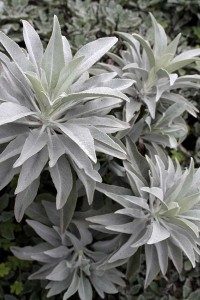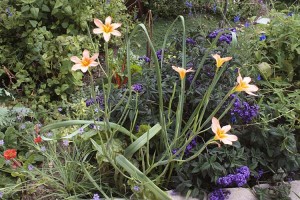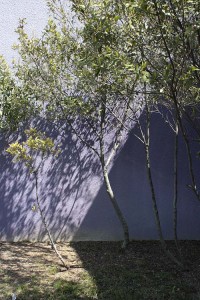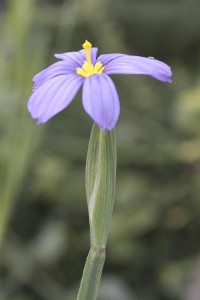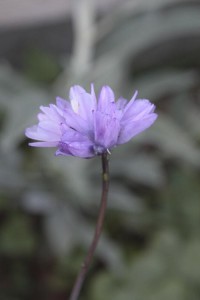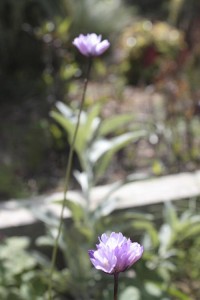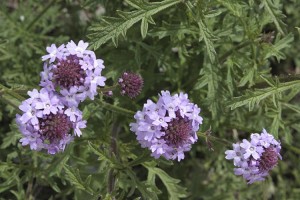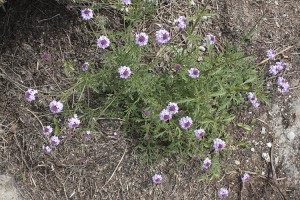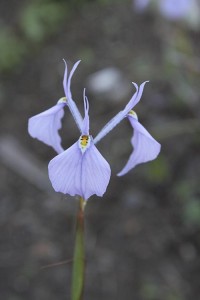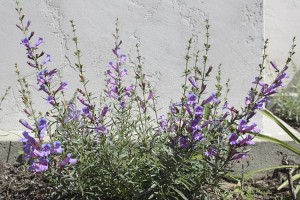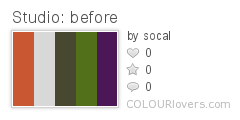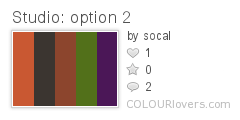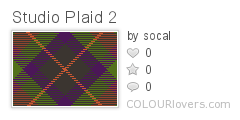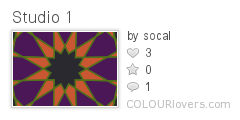Yesterday I went out to Crestridge Ecological Preserve, about a half hour’s drive from coastal San Diego. There will be lots of photos from the trip, but here’s a little panorama to get started, featuring the common sticky monkeyflower, Mimusus aurantiacus.
Around here you can easily find clones of it that are soft apricot-yellow, or ones that are orange, or scarlet. I’d read somewhere that pretty much all the forms west of Interstate 15 were scarlet, and all of those east of it were apricot. It was supposed to have something to do with coastal plants supposedly being pollinated by hummingbirds, while those inland were visited by bees. (EDIT, May 9: Another source I just looked at mentioned that the primary pollinator of the pale form was the hawk moth, which makes sense for an adaptation towards larger, paler flowers.)
Well, what do you make of this? The top composite shows the plants, below are the details of the flowers on the plants. (You’ll definitely have to click to enlarge this photo to make sense of this wide panorama.) On this north slope were five plants that showed the complete range from apricot to scarlet, and the plants were arranged sequentially as if they lines in a spectrum. Crestridge is a couple dozen miles east of I-15, so I think these plants blow the I-15 hypothesis out of the water.
I’d guess the real answer will implicate plant-sex and require a more nuanced understanding of how these different color forms establish themselves in different areas.



